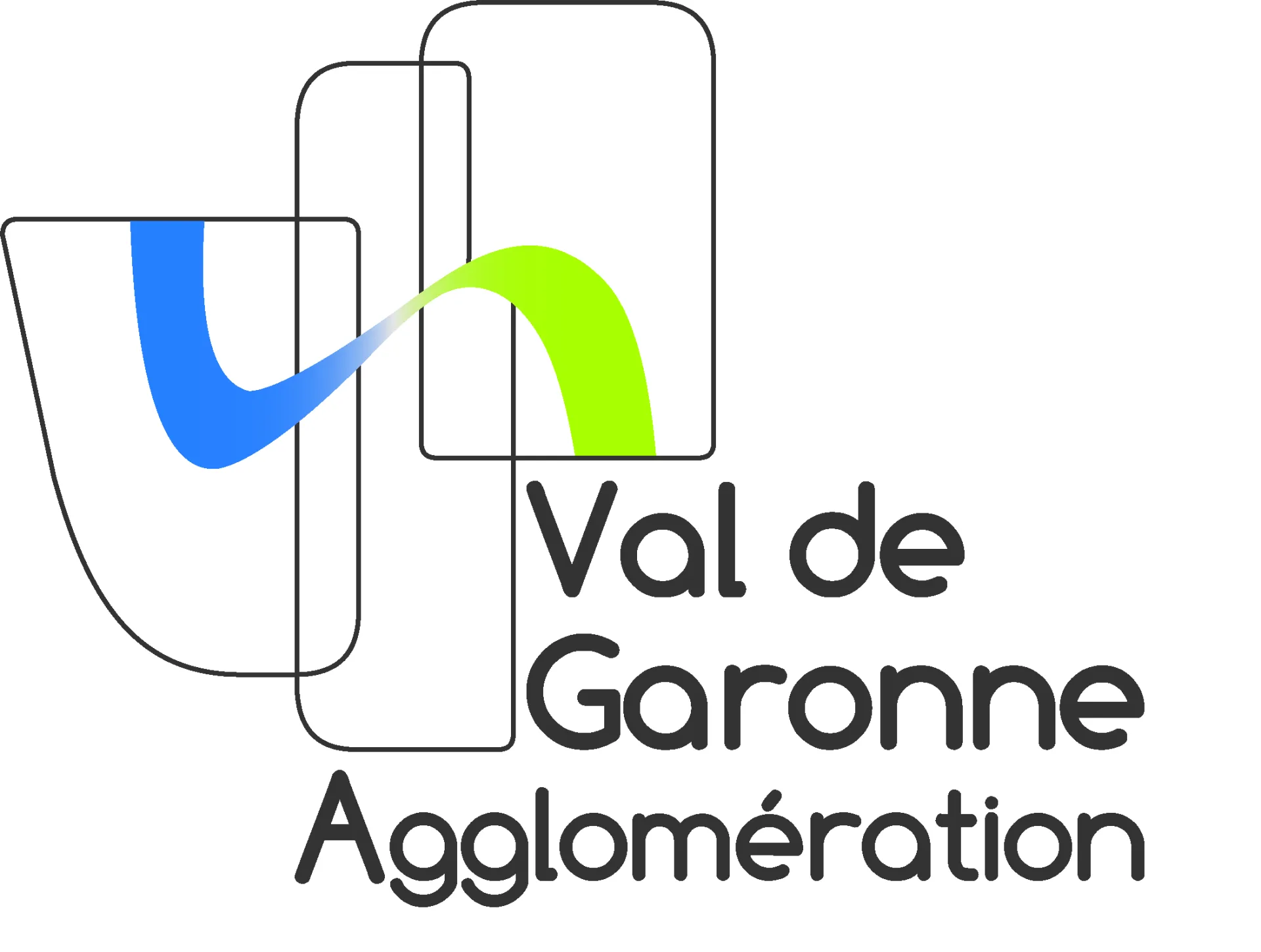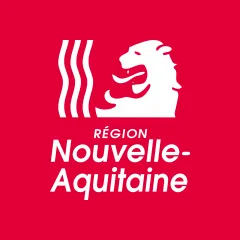Let's go for a little walk in the town center. From the lock on the canal to the viewpoint over the suspension bridge and the Garonne, discover the two-thousand-year-old history of Mas-d'Agenais, its Venus, its collegiate church, its market hall and its Rembrandt. Just that… They are really varnished at the Mas!
Step 1: 2000 years ago, feet in the water…
Yes, because at that time, there was no canal at this precise location; it is Garonne which borders the terrace which overlooks you. No village either on this promontory which was however not completely unoccupied since there was a… cemetery! More precisely, the necropolis of a Roman city, located on the plateau 3km away and which bore the sweet name of Ussubium. It was there that the marble statue of a Venus of the Ier century AD which has been the heyday of the Agen Museum since 1878. But don't panic, a beautifully crafted replica is today in the Rembrandt space. And now, head to the college.
Step 2: In the wash house, we wash whiter than white
Along the way, notice the magnificent five-sided washhouse that Mother Denis would not have denied. It is fed by a source known since Antiquity and called the Galiane fountain. The wash houses were once a place exclusively reserved for women and systematically built outside the walls. The reason ? To be freer in their movements, the ladies did not hesitate to unfasten their blouses, thus disturbing the monks in their contemplation. Most wash houses are therefore also built below the streets so as not to be visible from the road.
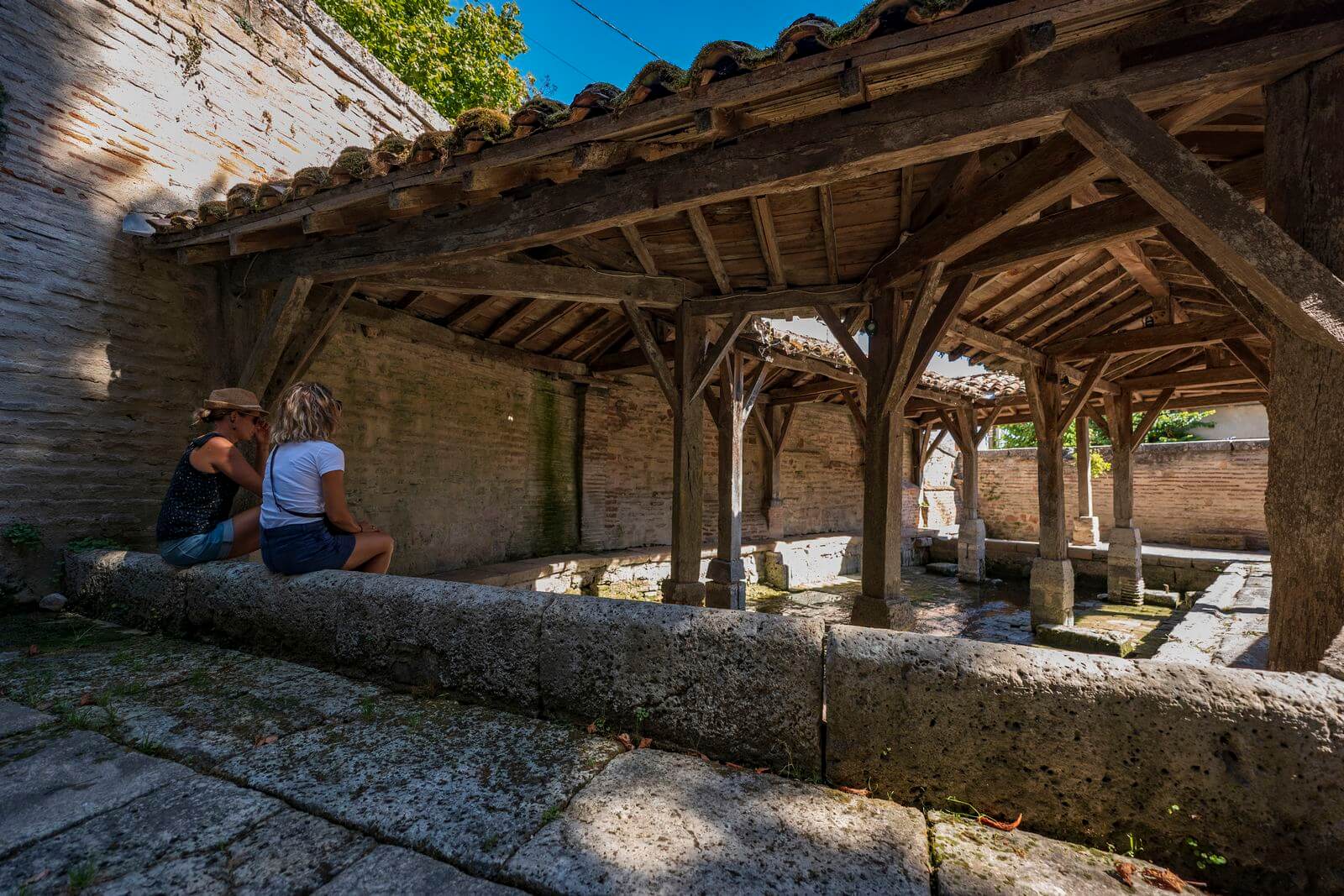
Step 3: The recycled Hall
The market was once the beating heart of the towns and villages of our countryside. At Mas d'Agenais, the wheat market was desired by Alain d'Albret, lord of the village and incidentally great-grandfather of King Henri IV. At the beginning of the XNUMXth centurye century, the beams of the old Mas d'Agenais castle were reused to build the current market hall. Because at our house, you should know, we never throw anything away! It can still be used. The market was held every Thursday morning and even occupied the church square, bringing together hundreds of customers.
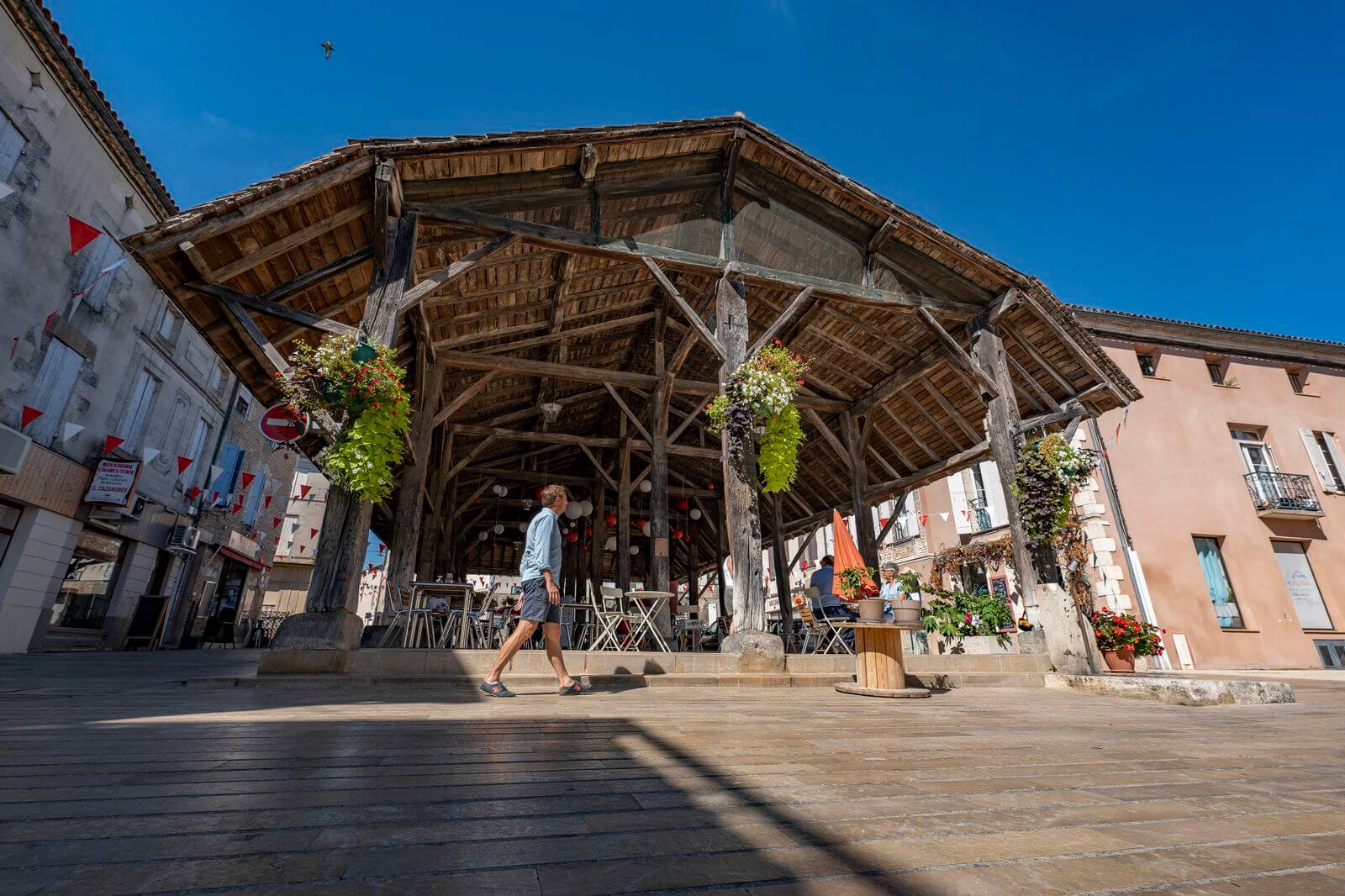
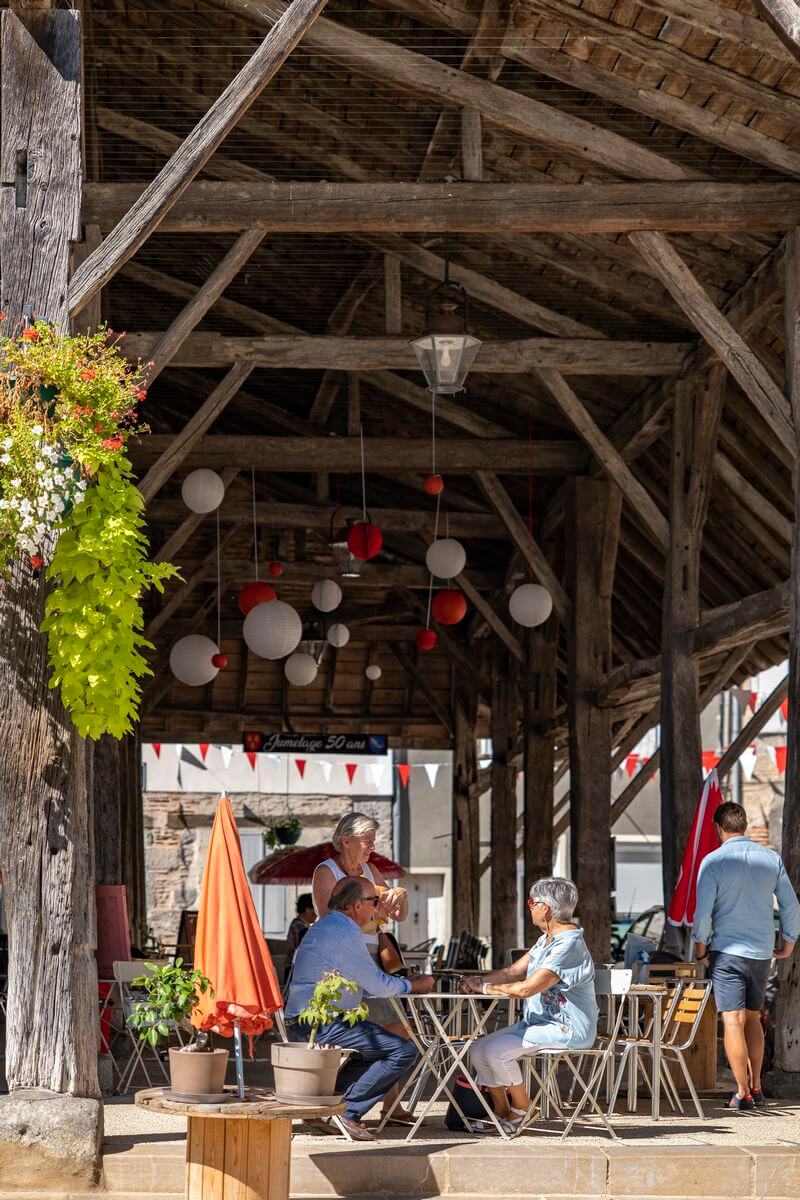
Step 4: The college with nine lives
It is on this location that the V was builte century a basilica dedicated to the cult of Saint-Vincent d'Agenais. Since then, several buildings have followed one another before the current building took shape, at the beginning of the Romanesque period. Having become collegiate, priory and now parish, the Mas d'Agenais church is also famous for having been the subject of the special attention of the famous architect Viollet le Duc and his followers. Although the restorations are not unanimous, they will have saved the church from ruin. And for the parishioners after all, what does the bottle matter as long as we have mass. Now let's enter the church.
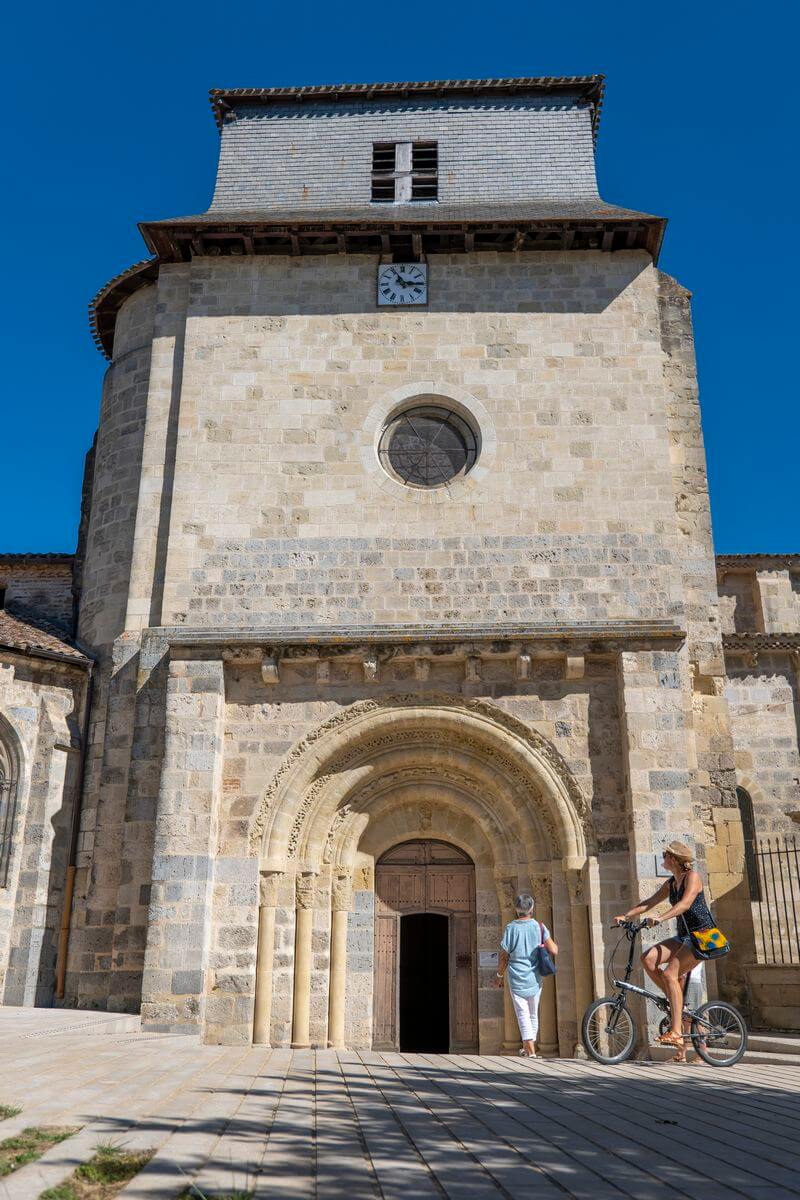
Step 5: A Rembrandt at the Mas, what a story!
When Rembrandt Harmenszoon van Rijn painted this painting in 1631 in Amsterdam, he certainly did not imagine that his work would one day land in a small village in Gascony. It was in 1804 that this Christ on the cross was purchased by a Napoleonic soldier from Mas d'Agenais. Offered the following year to the town, it was ignored for a long time before being authenticated around 1959. Today, it is the only place in the world where you can see a painting by Rembrandt for free in a church. The class…
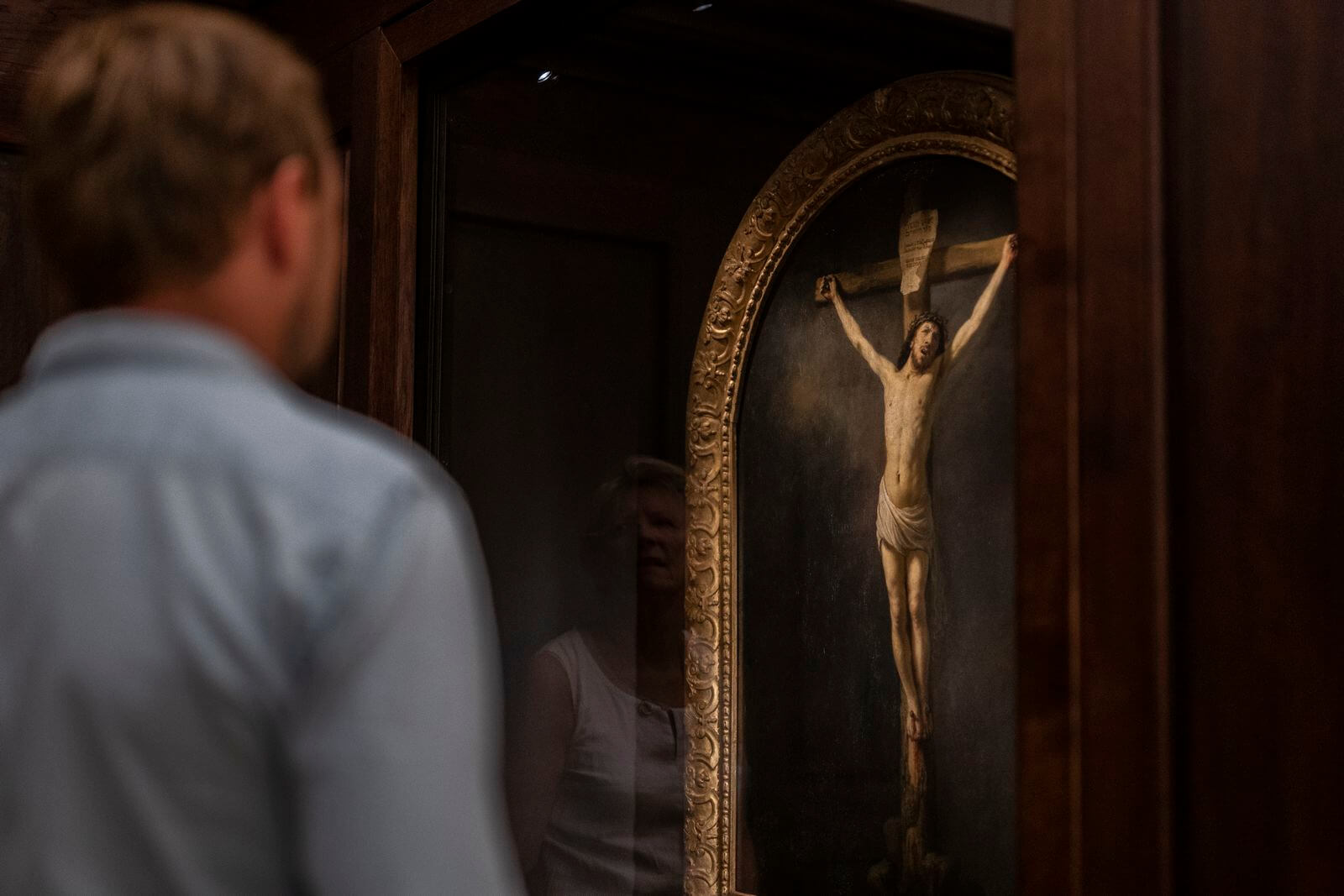
Step 6: The hemp market, aka Cannabis Sativa
When tobacco cultivation became a state monopoly on the orders of Colbert in 1681, the small, ruined farmers on the banks of the Garonne turned to the production of hemp, used in particular in the making of ropes. It was under the hemp market that transactions between producers and rope makers took place in autumn, after the harvest. Today, hemp, whose scientific name is c, is still cultivated on our banks of the Garonne, used mainly for the insulation of houses. But be careful, this is industrial hemp without THC, so there is no point in hoping to see pink elephants. Little rascals!
Step 7: The Titan Gate
The village was once protected by a thick brick wall, pierced with numerous gates. The castle door is the only one that has survived. Right next to it is a huge axe, the work of the artist Christophe Doucet. The little legend says that a giant began to destroy the door with his titanic ax before being chased away by the monks of the collegiate church. Fortunately no one explained to him that he just had to climb over the wall.
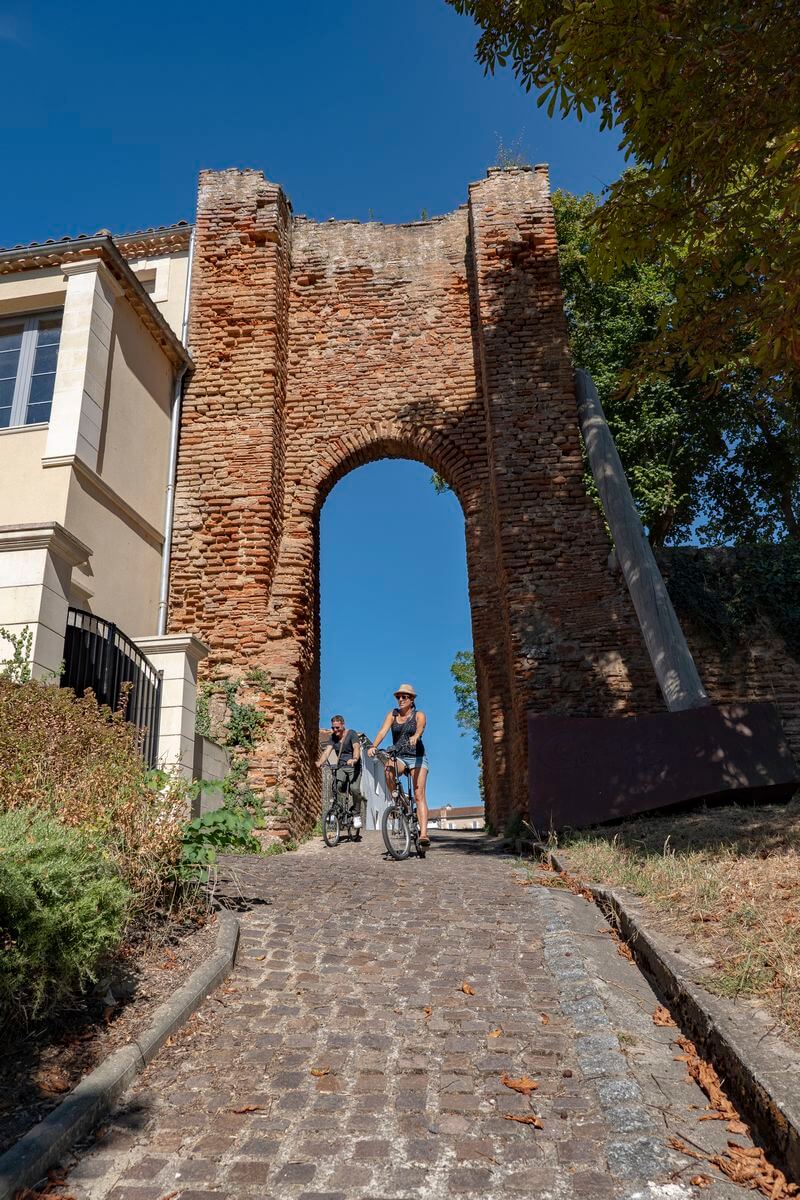
Step 8: The panorama of the suspension bridge
To finish, a nice view of the suspension bridge, the canal, the river and its plain. It was from there that the castle garrison could monitor navigation on Garonne. Hundreds of boats once passed under the village walls every day. The mid-XNUMXth century suspension bridgee century was redeveloped in the following century to adapt to modern traffic. It may one day be transformed into a cycle path when a new bridge is built. But this is another story…
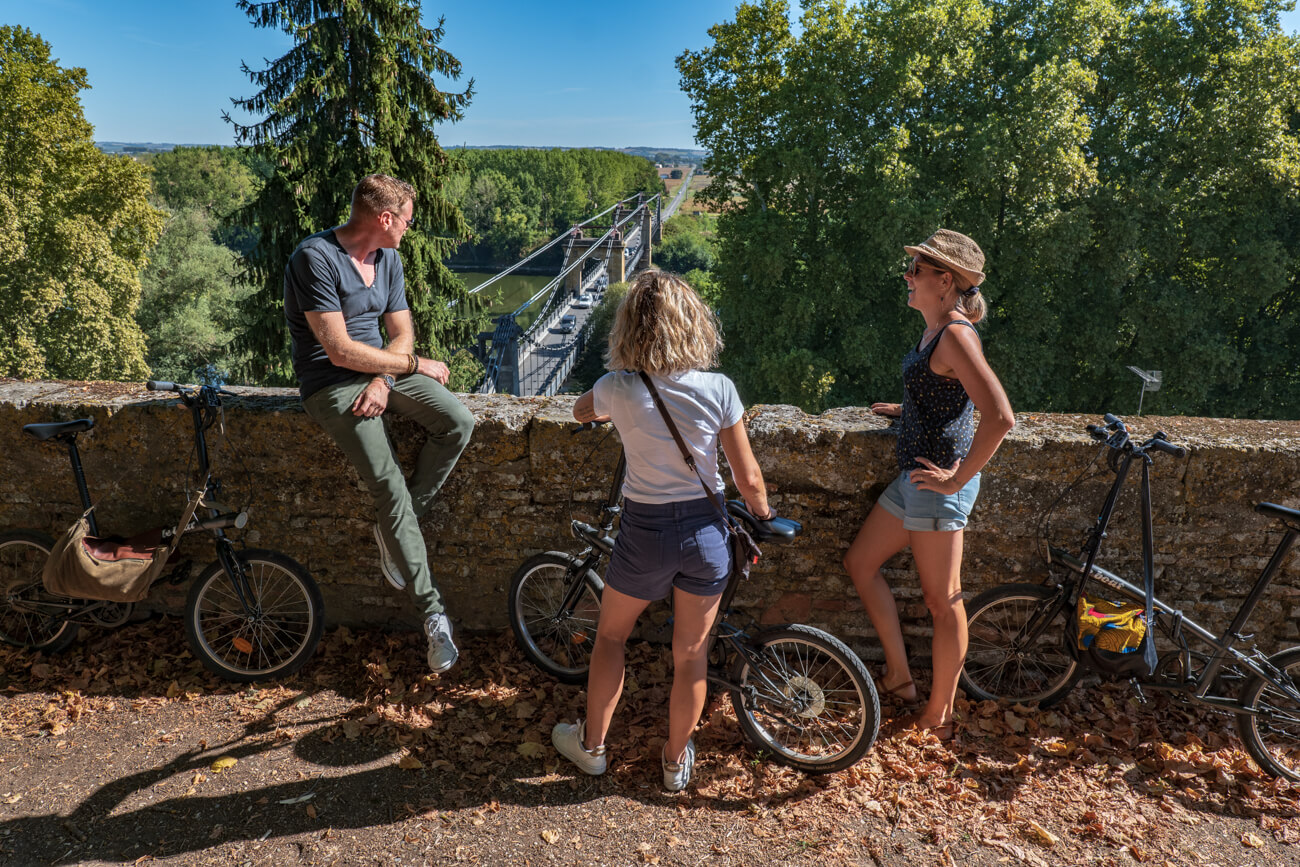
To return to the nautical stopover, it is possible to take the stairs going down through the embankment to the edge of the canal and turn left to the lock. Best wishes !

